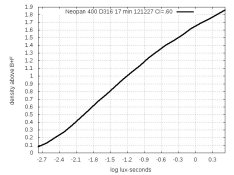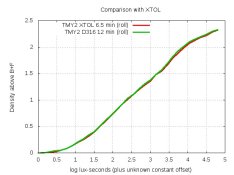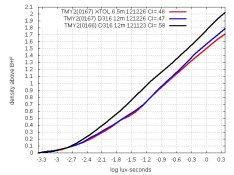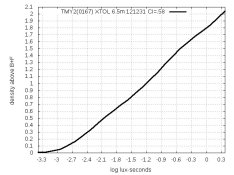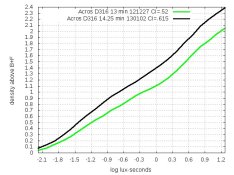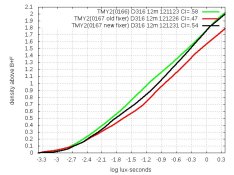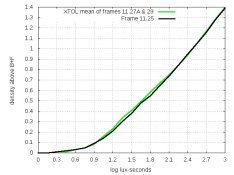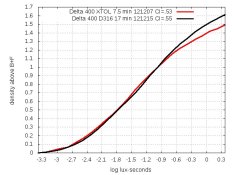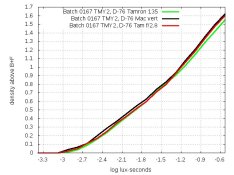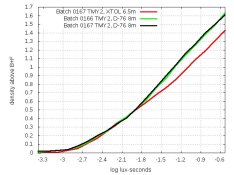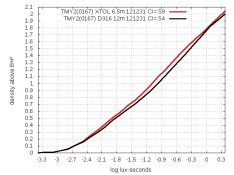'ello mate. You are using British or Canadian spelling of COLOR Mark.

So, there is an unknown variable in these tests that cause a problem! Before you go on, you must identify that variable. Find out if it affects all films or just this one batch etc.... PE
First, Kirk: Thanks for the suggestion about a two-bath method of fixing. For me, fixer costs almost nothing compared to rolls of film, so I'll probably simply replace my fixer much more often.
@PE: Does my personality have color or colour? The apug spell-checker red-marks American spellings as wrong, and since British English is the international standard, I figured I should spell things that way.
There's another variable I neglected to mention: The plastic lid for the SS tanks had a orange-brownish residue on them which I noticed after the bad TMY rolls, and which I cleaned off. My beaker dedicated solely to fixer also has a slight orange colour-cast, so the TF-4 fixer leaves a bit of insoluble residue. But the amount is so small, and the prewash removed some magenta dye (unlike later steps) that I doubt this residue was the cause of failures. Note that I wash film with the lid on, so this residue survived all that washing.
I discarded the old fixer, so I can't reverse that change.
Today, I tried a roll of TMY2 with cool liquids for everything but developer. It made no difference (everything worked fine).
Listing the changes:
* Insoluble residue - exceedingly unlikely to affect anything.
* Temperature - had no effect.
* Old TF-4 fixer - that must be the cause!
I suspect that well-used TF-4 accumulates a chemical that prevents dissolution of the magenta dye. In addition, it seems to do some bleaching. "Well-used" meant 51 rolls in 1.5 litres, including about 20 test-strips which would dilute it a little.
Your opinions about this? I wish I'd kept the old fixer.
Mark Overton
